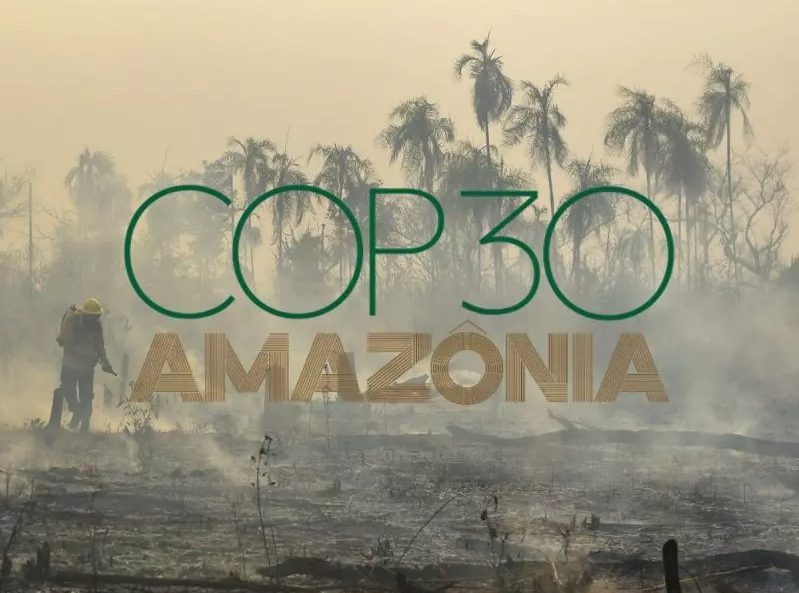5 Urgent Solutions to Stabilize the Electric Grid Amid a Renewable Energy Surplus
- Elétrica Sustentável Automatizada

- Oct 25
- 3 min read
The problem of curtailment (generation cutback) due to the excess of renewable energy in Brazil demands a rapid, technological response. The challenge is no longer generating clean energy, but intelligently managing and storing it.
Grid stability and sustainability rely on adopting Industry 4.0 innovations in the electric sector. In this article, we detail the five most urgent and promising technological solutions to absorb the surplus solar and wind power and ensure system security.

Large-Scale Energy Storage (BESS)
Storage is the most critical and direct solution for the problem of intermittency and surplus.
What It Is: Battery Energy Storage Systems (BESS). Large banks of batteries (usually lithium-ion) installed at strategic points in the grid.
How It Stabilizes the Grid:
"Banks" the Surplus: Absorbs excess generation (e.g., solar peak at noon) and injects that energy back into the grid during times of high demand or low renewable generation.
Ancillary Services: Provides essential grid support services, such as frequency and voltage control, crucial for maintaining power quality.

Implementation of Smart Grids
The control of energy flow must be modernized with the full digitization of the grid.
What It Is: A digitized electric system that uses IoT (Internet of Things) technologies, advanced sensors, and bidirectional communication between generation and consumption.
How It Stabilizes the Grid:
Real-Time Monitoring: End-to-end sensors allow the ONS (National Electric System Operator) and distributors to instantly visualize and anticipate fluctuations in the grid.
Dynamic Automation: Automated systems can redirect energy flow or adjust demand in seconds, compensating for imbalances before they cause instability.
Dynamic Pricing and Smart Consumption Incentives
The key is to adapt consumption to production, not the other way around.
What It Is: A rate model whose price changes throughout the day, discouraging consumption during grid peaks and encouraging it during times of renewable surplus.
How It Stabilizes the Grid:
Load Shifting: Incentivizes consumers to shift high-consumption tasks (such as charging electric vehicles or running large industrial machinery) to the solar peak period (midday).
Curtailment Reduction: By increasing demand at the exact moment of high renewable supply, the grid absorbs more energy, reducing the need for cutbacks.

Optimization of Distributed Generation (DG) via A.I.
It is essential to integrate the thousands of micro-generation sources (DG) into the system in a controlled manner.
What It Is: The use of Artificial Intelligence (AI) and Machine Learning to predict the production of small solar systems (DG) and optimize their injection into the grid.
How It Stabilizes the Grid:
Forecasting and Control: AI analyzes climatic and consumption data to more accurately predict the energy that will be injected into the grid by small plants, allowing distributors to prepare.
Microgrids and Communities: Creation of small, controllable energy "islands" (microgrids) in condominiums and neighborhoods, facilitating decentralized management.
V2G Technology (Vehicle-to-Grid)
The growth of electric cars can be transformed into a mobile storage solution.
What It Is: Vehicle-to-Grid is a technology that allows the electric vehicle (EV), when connected, not only to charge its battery but also to feed energy back into the grid or the home when needed.
How It Stabilizes the Grid:
Mobile Batteries: Vehicles act as large, portable battery banks. They can absorb surplus clean energy (solar) during the day and help the grid compensate for demand peaks in the late afternoon.
Instant Flexibility: They offer a distributed and flexible energy reserve that can be quickly activated to stabilize fluctuations.

The Future of the Grid Is Digital and Flexible
The renewable energy surplus in Brazil is, in fact, a sign of success in decarbonization, but it requires a mindset change and massive investment in digital infrastructure.
The rapid adoption of BESS, Smart Grids, and AI and V2G solutions are the pillars that will transform the transmission bottleneck into a modern, efficient, and truly smart grid, ensuring that every MWh of clean energy generated is utilized.
Want to see more content like this? Access our main Blog page!






Comments